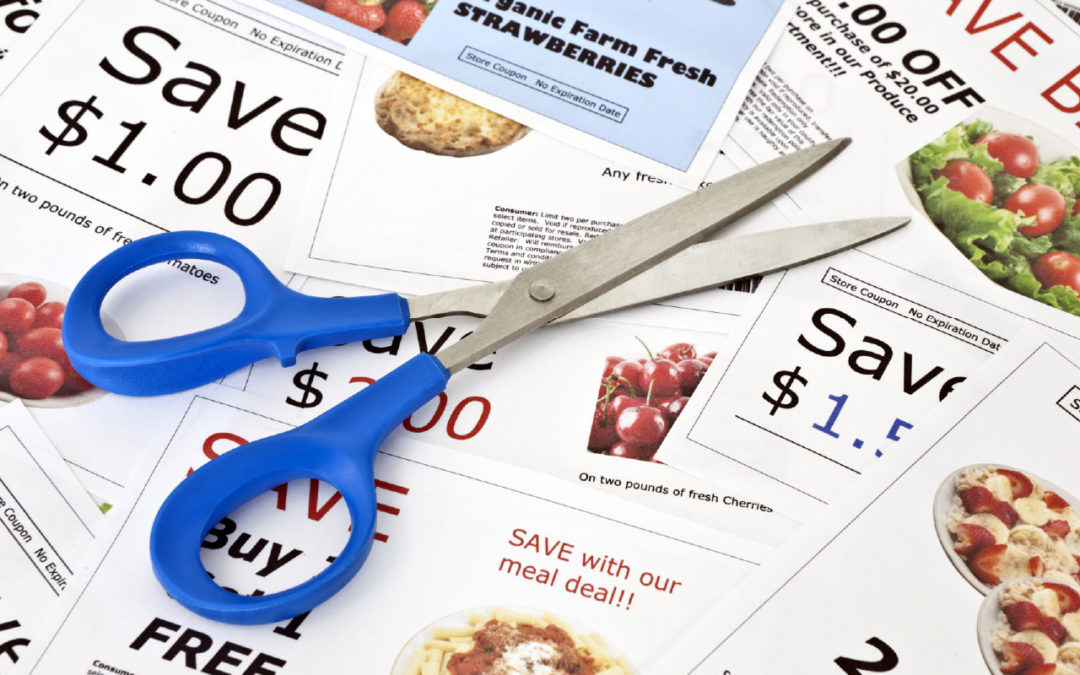
By Charlyn Fargo
With roughly 10% of the typical American paycheck spent on food, it’s easy to assume that eating healthy costs a bundle. I hear it often as I counsel patients. But research says otherwise. According to the May 2019 Cost of Food Report from the U.S. Department of Agriculture, the average adult can eat a nutritious diet for as little as $40 a week per person.
So, how can you slash your food bill and still have a kitchen packed with nutritious food?
Here are a few tips to help get you started:
- Start with a plan. Cooking at home can translate into big savings and much healthier eating. Before you go shopping, plan your meals for the week. That way you’re only buying what you’re going to eat. Then check what you have in your pantry and what you need to put on the grocery list.
- Eat what you cook. The average American tosses more than 240 pounds of food a year. Wow. Decrease your food waste and you’ll automatically save money. Repurpose leftovers. Eat from your freezer.
- Shop the ads. My mom was the queen of finding – and buying – what was on sale at the grocery store. She scanned the ads and then made her meal plan for the week based on what was on sale. If it was hamburger, we’d have meatloaf. If it was chicken breasts, she’d make a chicken and broccoli casserole. Her inspiration came from the grocery ads.
- Look for the digital coupons. These days, most stores have an app with weekly digital coupons. It’s the new alternative to clipping coupons.
- Shop in season. We all need to include more fruits and vegetables on our plate. The best way is to buy seasonal produce.
- Wander through the frozen aisle. Frozen produce can be a way to eat healthfully on a budget. There are so many new products in the frozen vegetable aisle. They are frozen at the peak of freshness, they keep well and they save you prep time. Consider frozen berries, spinach, broccoli and veggie/protein blends.
- Stock up. Buy canned goods, such as peanut butter, tuna, beans and salmon, when they’re on sale and then store them in a cool, dry spot.
Charlyn Fargo is a registered dietitian at Hy-Vee in Springfield, Illinois, and the media representative for the Illinois Academy of Nutrition and Dietetics. For comments or questions, contact her at charfarg@aol.com.









